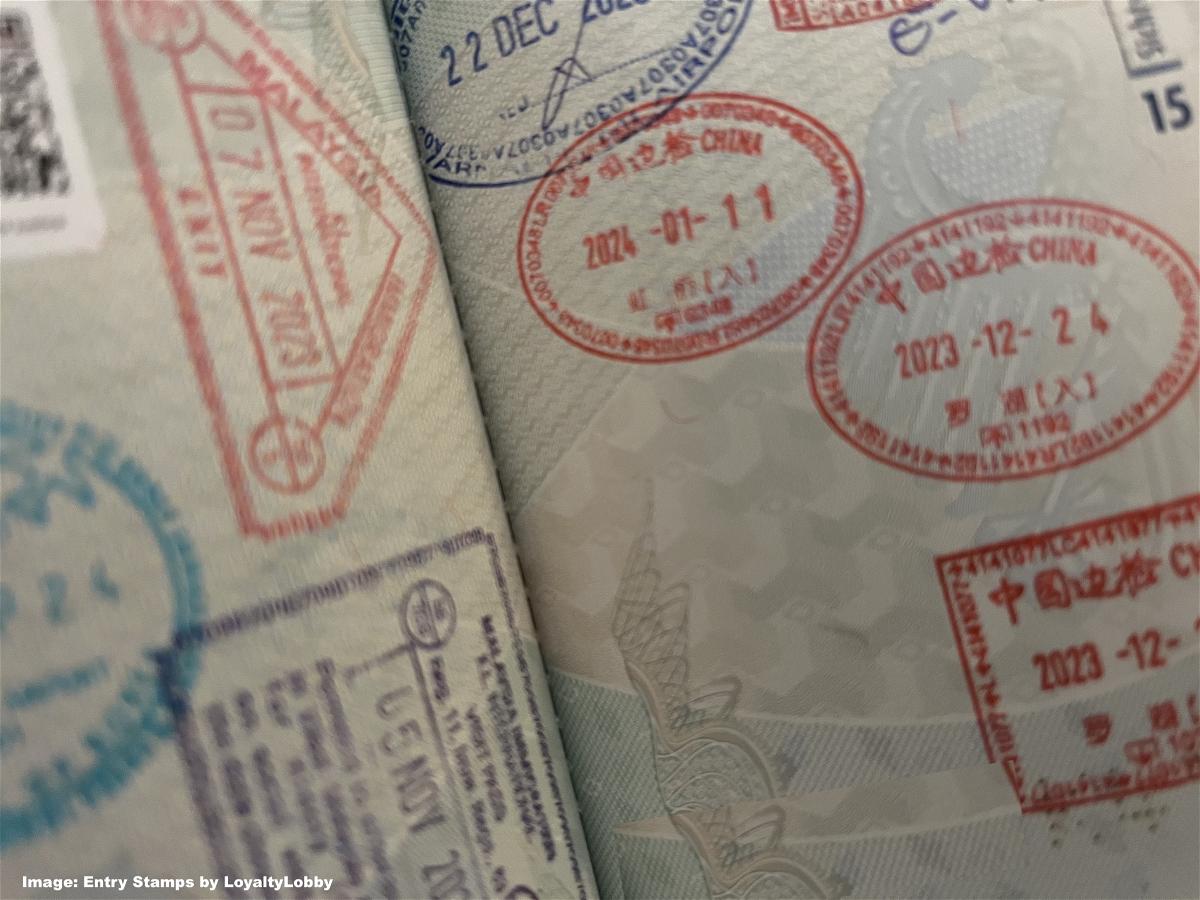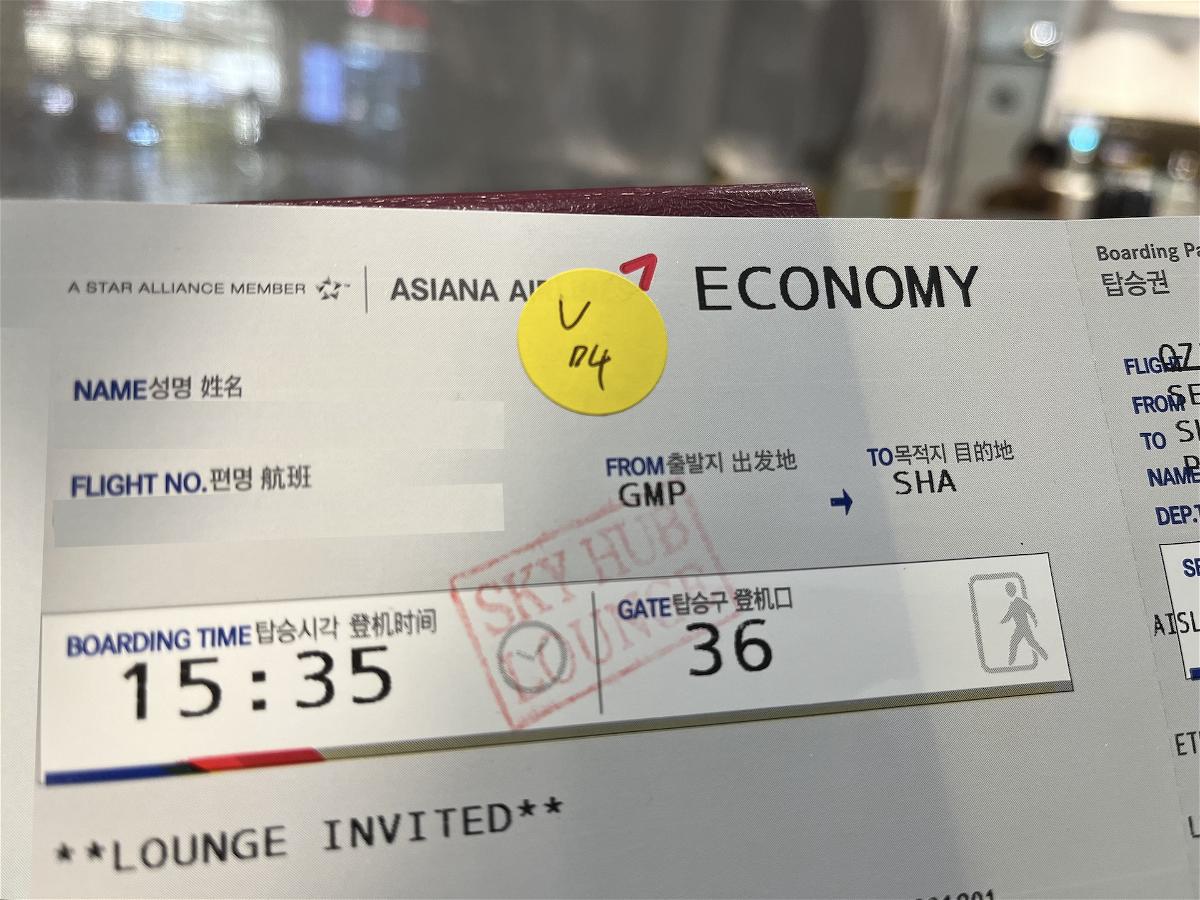Two weeks ago, I wrote about my testing out the new Visa Waiver Policy for China, under which, effective December 1, 2023, through November 30, 2024, five European countries, as well as Malaysia, are able to visit China visa-free for 15 days.

The trial run I did was the land border from Hong Kong to Shenzhen, but this time, I used it traveling by air on Asiana from Seoul Gimpo to Shanghai-Hongqiao, and it was even easier than previously.
Last time I decided to do a quick dash over to Shenzhen from Hong Kong by Subway and see how easy the process is and visit the Lo Wu shopping mall in the afternoon to be able to report some first hand experience.
It was pretty much as previously announced and anticipated. There were no real hiccups whatsoever aside from the border officials being interested in my passport, checking it with a magnifying glass for damages and authenticity. I found that odd, and it never happened before or since.
Since I have friends in Shanghai and they had children in the past few years I haven’t seen yet, I decided on a spontaneous trip from Seoul as it’s just a 1:30h flying time away and a quick connection between the two city airports Gimpo and Hongqiao.

I was curious how the airline would handle visa-free travel after the passport inspection at the land border, but I shouldn’t worry.
Asiana (which I booked literally last second with 8,800 United miles because Asiana’s website is a complete mess for foreign payment cards and doesn’t accept Amex in the first place) even issued me an online boarding pass. This is rather rare for China as a destination, as airlines usually like to perform document checks at the check-in counter.
I still went and picked up a paper boarding pass as I always do. I don’t like to only have it on the phone and hand it over to random people if they need to look at it in more detail. The agent again didn’t check for anything, even the usual skim through for the visa wasn’t done.
Apparently, the airline’s check-in systems are adequately tied in with TIMATIC now that it doesn’t prompt them to check for visas anymore if a waiver policy exists.
To my surprise, they also didn’t ask for my return ticket back to Seoul, which I had booked separately but already canceled as my travel plans changed.
Arriving in Shanghai-Hongqiao the airport was extremely pleasant. There were literally no passengers in line at immigration except maybe ten passengers. Unfortunately, only one officer was on duty, and every person was interviewed thoroughly. This took quite a while and was comparable to what officers ask in the U.S..
It’s remarkable because now they are a lot stricter with interviewing people or asking any questions as the new, younger generation of officers speaks much better English and isn’t shy about using it. I think before, in the 15 years I traveled in and out of China (mostly Beijing) I never exchanged one word with an immigration officer.
I was out of the airport within 25 minutes, and that was super convenient, just like Gimpo. I love these small city airports. Flying via Incheon or Shanghai-Pudong is always a disaster, considering the masses of people.
Conclusion
It seems to be established now that these visa-free entries to China work very well both on the land border as well as for air travel. I’ll definitely use it a bit more often this year, and hopefully, it’ll be extended.
I wonder how this will contribute to the growth of tourism in China, considering Malaysia, and now also Thailand will enjoy the same privilege. Both countries obviously have a large ethnic Chinese population, many with (distant) families still living on the mainland. The China Visa Centre in Bangkok was always very busy with Thais getting visas so this will certainly be a welcome break for them.
















